
Ho Dac Hung
Arrays
1

Declaring Arrays
An array is a structure that can store many of the
same kind of data together at once.
Arrays are important and useful programming
concept because they allow a collection of related
values to be stored together with a single
descriptive name.
2

Declaring Arrays
An array has a fixed length and can contain only
as many data items as its length allows.
3

Declaring Arrays
An array element in one of the data items in an
array. Each element has an index value, with 0
being the index of the first item, 1 the index of the
second item and so on.
An array must be declared and then space
allocated for the elements of the array.
<type>[] <name>;
<name> = new <type>[<num>];
4

Declaring Arrays
If the size of the array is known when the
application is written, then the array can be
created and space allocated for thr elements in
one statement.
<type>[] <name> = new <type>[<num>];
When space has been allocated for the elements
of an array, the array is initialized to the default
values for that element types.
5

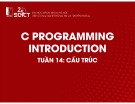
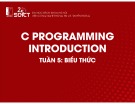
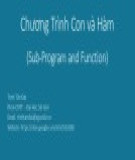
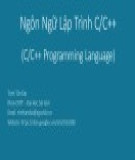
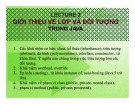


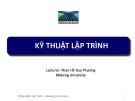

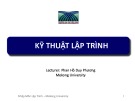

![Câu hỏi trắc nghiệm Lập trình C [mới nhất]](https://cdn.tailieu.vn/images/document/thumbnail/2025/20251012/quangle7706@gmail.com/135x160/91191760326106.jpg)













